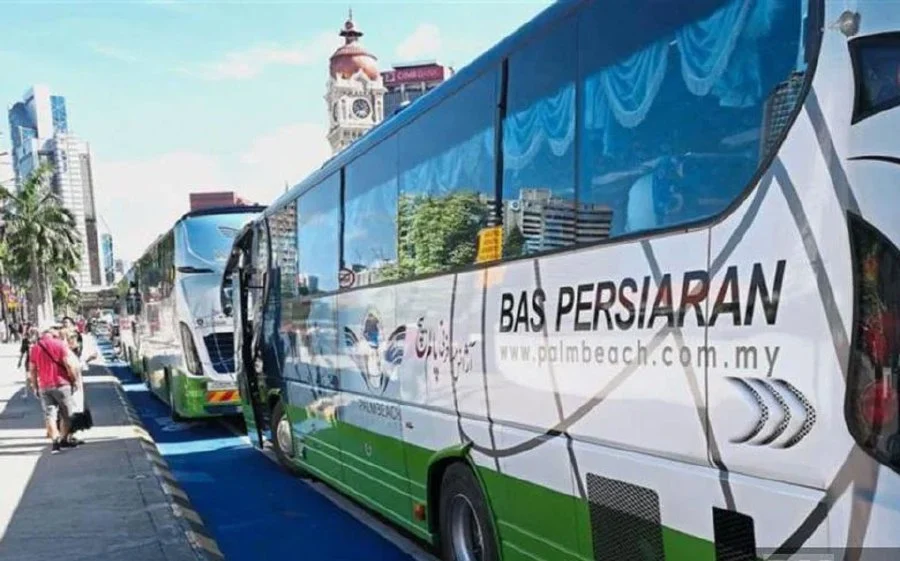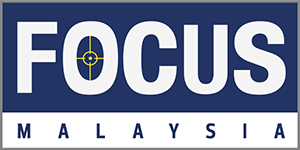ORGANISING training for tour vehicle operators is not as straightforward as organising tours by making the most suitable arrangements and delivering services seamlessly so that customers get to enjoy the best possible experiences for what they have paid and hoped for.
First, exactly who are tour vehicle operators? Are they companies operating tour vehicles, or drivers operating tour buses?
Heavy machineries are operated by skilled workers within a confined area, but buses are heavy vehicles driven by drivers to destinations as instructed.
If the aim is to improve the safety of tour buses, then training drivers only cover half of what is needed. The other half are those working in the company and suppliers.
If confined to drivers, it is as ineffective as customer service training, where the focus is overwhelmingly on frontline staff.
To elevate customer service and overall safety, including tour buses, a transformation of corporate culture, starting from the very top to those giving instructions, making arrangements and assisting drivers to perform professionally, is required.
Similarly, customer service starts from developing user-friendly products and relevant information. Communication is not limited to a website, email address and toll-free number.
A handphone number using WhatsApp would allow the public to call, text, send a photo or video easily 24/7.
Policies, processes and procedures determine corporate culture and customer service.
The moment of truth starts with the point of contact and waiting time, followed by how welcoming front liners are, or competency of trained specialists in providing the services expected by customers.
In any case, most training has been largely ineffective because organisers, including government agencies, training providers and their associations follow conventional methods.
The courses look good on paper only, but most trainees could not apply or did not perform better after training.
This is because hardly anyone understands what effective training is in the classroom. Training is ineffective if it is reduced to lecturing or telling.
Drivers are already duty bound to follow instructions but may fail to do so at times. Will they do better after being told by an outsider?
Most so-called training sessions are nothing more than briefings, which usually contain long lists of dos and don’ts, and speakers enjoy unveiling slide after slide of fantastic facts and figures plus photos and videos. These are more like syiok sendiri exercises for both speaker and audience.

Instead of waiting and then trying to digest tons of information during so-called training, the course contents should be forwarded to the trainees in advance, so that those interested would have enough time to study, learn, ponder, and prepare questions in advance.
Trainees would be much more diligent if told they will be assessed using objective tests at the beginning and end of training.
But this is not incorporated in nearly all classroom training courses, hence their ineffectiveness, and made worse by passive listening or not paying attention at all.
The best example is “Continuous Tourism Related Education” (CTRE) courses, which are compulsory for tourist guides to renew their licence with the Tourism, Arts and Culture Ministry. These short courses are meant for them to stay updated on industry developments.
But tourist guides have already assembled and remembered by heart all their commentaries and would parrot them without making changes along their frequent routes.
Usually, most of them would be able to speak non-stop, and would not bother to incorporate what was learned recently.
However, more than half of their commentaries could either be wrong, misleading, outdated, not useful, not interesting or in poor taste.
Instead of CTRE courses, it would be much better if each of them speak in front of a class, and be corrected or improved, for everyone to learn together.
Training existing tourist guides and tour bus drivers, who are already set in their ways, would be a big waste of time without assessment.
The easiest way to assess and improve trainees’ attitude, belief and knowledge is to get them to speak up and address what is hidden in their mind.
They should be praised for what they said is right, or explained why it is not so, and shown how to say or do better, in a group learning exercise.
They should not be treated like students in schools or universities, learning by listening, reading and discussing on their own.
Experienced practitioners regard themselves as experts and have little respect for lecturers and trainers.
Before they could accept and learn new ways of going about their work, they must first unlearn bad habits and what is wrong or outdated, and relearn what they already know.
It is not as simple as finding the best safety and defensive driving courses in the market and developing them further.
The key to success is finding one or more competent trainer/assessor and training is participated by keen tour bus drivers and key operations personnel. ‒ July 28, 2025
YS Chan is master trainer for Mesra Malaysia and Travel and Tours Enhancement Course and an Asean Tourism Master Trainer. He is also a tourism and transport business consultant.
The views expressed are solely of the author and do not necessarily reflect those of Focus Malaysia.
Main image: The Sun Malaysia




